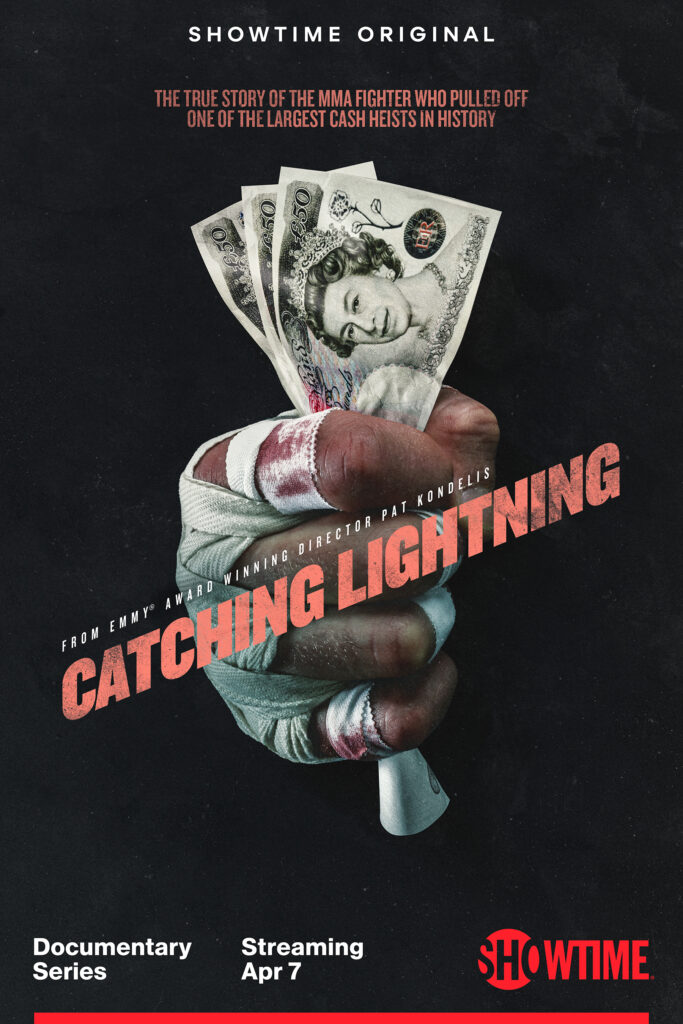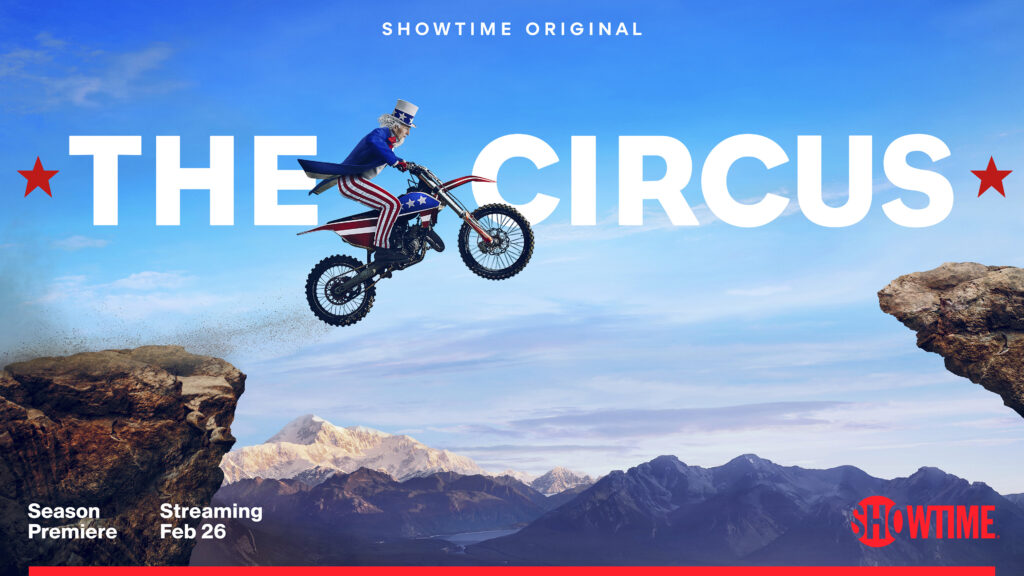You might think you’ve swigged your share of blue Curaçao – Dirty Bong Water, Oral Sex on the Beach, Alien Urine Sample, anyone? – but unless you’re drinking the genuine Senior Curaçao of Curaçao, there’s an impostor in your glass. Shortly after the Spanish arrived on the island in 1499 they attempted to plant their native Valencia oranges. But the fruit didn’t take too well. The island’s arid climate and dry soil changed the juicy orange into a bitter, inedible fruit. Abandoned and forgotten, the trees grew wild until a few hundred years later when the great-grandchild of the original fruit received it’s own botanical name: Citrus Aurantium Currassuviensis or golden orange of Curaçao, though in the local tongue it was simply Laraha. Somewhere along the way, it was discovered that the peels of this orange, when left to dry in the sun, leeched an oil with an extremely pleasing fragrance similar to the Valencia orange. After experimenting with the oils, the Senior family added various exotic spices until they were sure to have invented a unique liquor, which they dubbed … hold for it … Curaçao.
That original recipe is still produced on the island in small batches. You can witness the whole process at Chobolobo Mansion in Salinja, just outside Willemstad. What’s amazing is how small-scale the operation remains. You half expect to find Senorita Senior in the kitchen stirring a big pot of laraha peels. In fact, after 113 years of distilling, Senior Curaçao of Curaçao is still made in the original 1896 copper stills.









